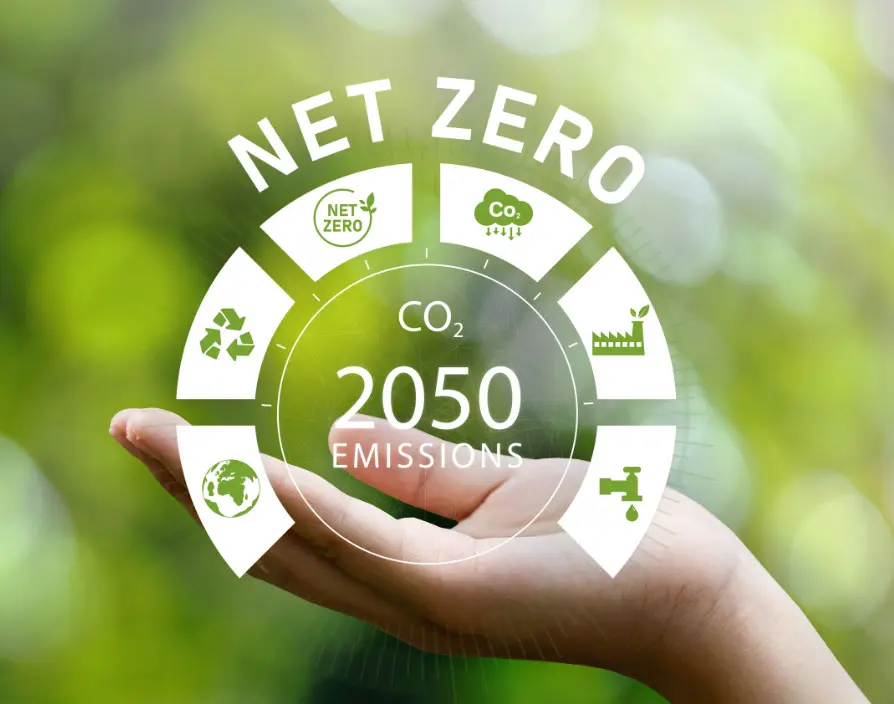
Net Zero Energy Analysis
As the "zero energy" and "net zero energy" concepts are relatively new, there are not yet definitive, widely accepted zero-energy metrics. SABS presents several definitions for "net zero energy", and they encourage building designers, owners, and operators to select the metric that best fits their project. The SABS publication Zero Energy Buildings: A Critical Look at the Definition explores definitions in detail, and it suggests four ways in which net zero energy may be defined:
- Net Zero Site Energy
- Net Zero Source Energy
- Net Zero Energy Costs
- Net Zero Energy Emissions
Site Energy refers to the energy consumed and generated at a site (e.g. a building), regardless of where or how that energy originated. In a net zero site energy building, for every unit of energy the building consumes over a year, it must generate a unit of energy.
Source Energy refers to primary energy needed to extract and deliver energy to a site, including the energy that may be lost or wasted in the process of generation, transmission and distribution. For example, a coal-burning power plant may generate 1 Joule of electricity for every 3 Joules of energy in the coal consumed. If natural gas is used at a site, for every 20 Joules consumed, 1 Joule may be needed to extract and distribute the gas to the site. Metrics for net zero source energy buildings account for these factors, though exact metrics can vary depending on site and utility factors.
Net Zero Energy Cost is perhaps the simplest metric to use: it means that the building has an energy utility bill of $0 over the course of a year. In some cases, building owners or operators may take advantage of selling Renewable Energy Credits (RECs) from on-site renewable generation.
Many conventional energy sources result in emissions of carbon dioxide, nitrogen oxides, sulfur dioxide, etc. A Net Zero Energy Emissions building either uses no energy which results in emissions or offsets the emissions by exporting emissions-free energy (typically from on-site renewable energy systems).
Grid Connection And Net Zero
Most Net Zero Energy Buildings are still connected to the electric grid, allowing for the electricity produced from traditional energy sources (natural gas, electric, etc.) to be used when renewable energy generation cannot meet the building's energy load. When, conversely, on-site energy generation exceeds the building energy requirements, the surplus energy should be exported back to the utility grid, where allowed by law. The excess energy production offsets later periods of excess demand, resulting in a net energy consumption of zero. Due to current technology and cost limitations associated with energy storage, grid connection is usually necessary to enable the Net Zero Energy balance. Differences in how utilities and jurisdictions address payment for energy that is exported from the building into the grid can impact project economics and should be carefully evaluated.
Energy Efficiency
Regardless of the definition or metric used for a Net Zero Energy Building, minimizing the energy use through efficient building design should be a fundamental design criterion and the highest priority of all NZEB projects. Energy efficiency is generally the most cost-effective strategy with the highest return on investment, and maximizing efficiency opportunities before developing renewable energy plans will minimize the cost of the renewable energy projects needed. Using advanced energy analysis tools, design teams can optimize efficient designs and technologies.
